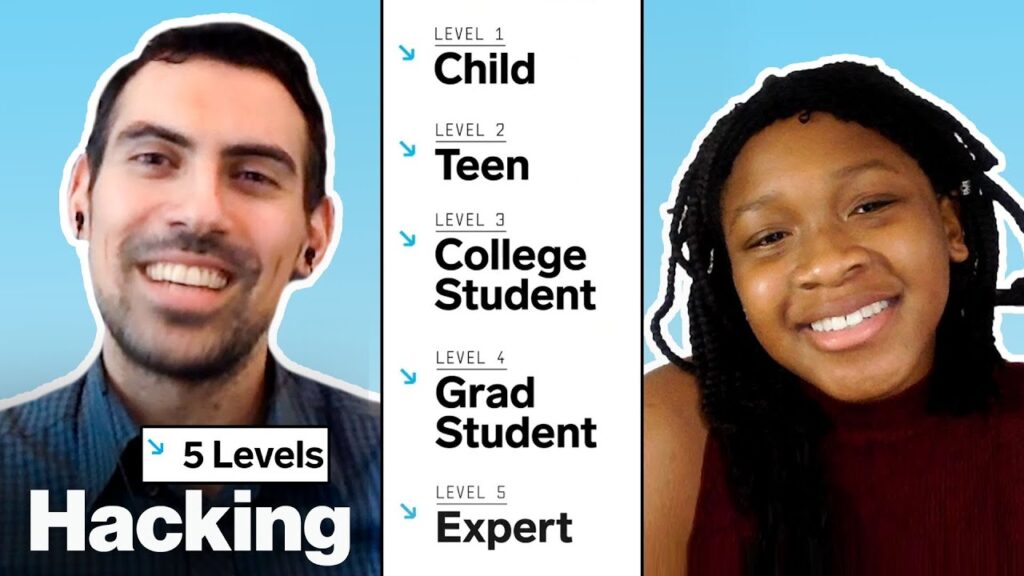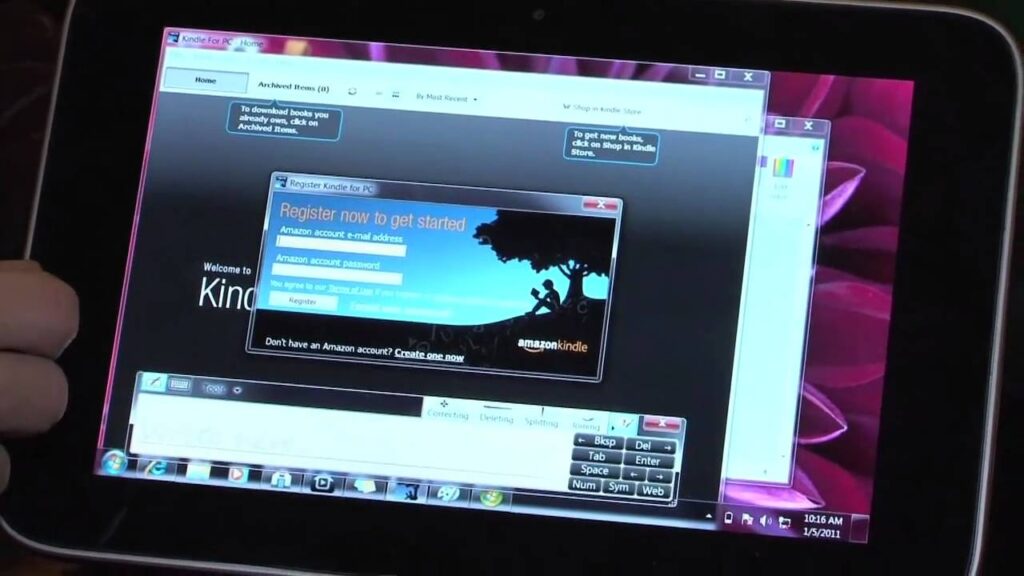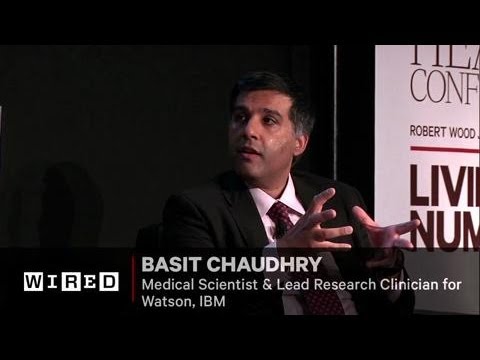Empowering Low-Income Women to Start Their Own Glasses Businesses: A Q&A with an Eye Care Expert
Summary
In this interview, we talk to an eye care expert who has a revolutionary idea to empower low-income women to start their own businesses selling glasses in their communities. With over a billion people worldwide lacking access to glasses, traditional charity models are not sufficient to solve this problem. By enabling women to start their own businesses and invest in their children’s health and education, we can achieve a multiplier effect that benefits the communities as a whole.
Table of Contents
- Why is lack of access to glasses a problem?
- How does your approach differ from traditional charity models?
- How do you empower women to start their own glasses businesses?
- What are some of the challenges you face in implementing this model?
- What impact do you hope to achieve through this model?
- Conclusion
Introduction
With over a billion people worldwide lacking access to glasses, traditional charity models alone are not enough to solve this problem. As a result, an eye care expert has come up with a revolutionary idea to empower low-income women to start their own businesses selling glasses in their communities. By investing in women, we can achieve a multiplier effect that benefits the entire community. In this Q&A, we will explore this concept further and understand its potential impact.
Q&A
Why is lack of access to glasses a problem?
The lack of access to glasses is a huge problem, as around 1.1 billion people in the world suffer from poor vision. Poor vision can lead to a host of problems such as reduced productivity, stunted learning, and even social isolation. It’s alarming that in this day and age, not everyone has access to glasses. This is something that we need to address as a society since poor vision disproportionately affects poor people who cannot afford to go to an eye doctor.
How does your approach differ from traditional charity models?
Traditional charity models have their limitations since they are based on a one-time handout that may not have a lasting impact. In contrast, our approach empowers low-income women to become business owners and become self-reliant. We believe in providing women with the tools and training necessary for them to become entrepreneurs and make a sustainable living selling glasses in their communities. This creates an ongoing, reliable source of income for them.
How do you empower women to start their own glasses businesses?
We empower women to become entrepreneurs by providing them with glasses at a reduced cost, which they can then sell in their communities. To date, we have trained over 400 women in 15 countries to become business owners selling glasses. We provide them with basic training in marketing, finance, and business management, so they can run their businesses effectively. Similarly, we also provide them with ongoing support and a network of mentors.
What are some of the challenges you face in implementing this model?
One of the biggest challenges we face is finding a sustainable business model. While we do charge women a fee for the initial training, our aim is to make it self-sustaining by charging a nominal fee for the glasses. We also need to ensure quality control and certification, so people who purchase glasses from these entrepreneurs get the same level of care and attention they would from a traditional optician.
What impact do you hope to achieve through this model?
Our ultimate aim is to empower low-income women and create sustainable businesses that not only provide income for them but also benefit their communities. By investing in women, we’re having a multiplier effect that can lead to a decrease in poverty, increased educational opportunities, and improved health for families. In the long term, we hope to have the model adopted on a larger scale, so we can reach even more people globally.
Conclusion
Empowering low-income women to start their own glasses businesses has the potential to create a transformative impact. By investing in women, we create self-reliance, boost the economy, and improve access to healthcare in communities where it’s needed the most. This innovative approach holds a lot of promise, and hopefully, we can see it adopted on a larger scale to make a difference in the lives of billions of people around the world.







